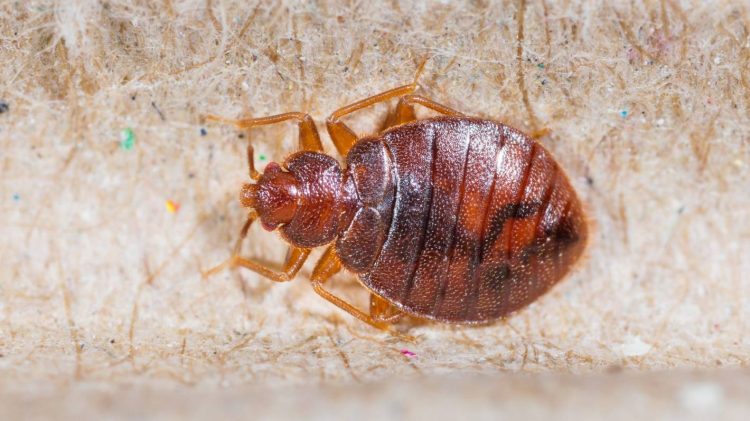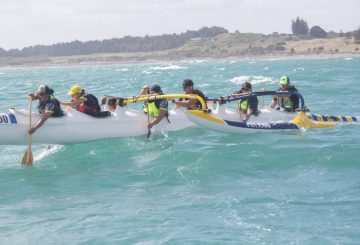据《洛杉矶时报》报道,上周,拉斯维加斯七家著名的酒店,包括凯撒宫和米高梅大酒店,被确定存在臭虫问题。
在英国,臭虫侵扰显著增加,害虫防治公司能多洁报告增加了65%。同样,尽管在1950年代几乎消灭了这些害虫,但法国仍在十分之一的家庭中应对这些害虫。
新西兰也未能幸免。斯图尔特岛北臂小屋的路人发现了臭虫,被描述为 “人类已知的最顽固的臭虫”。
伦敦热带医学院的詹姆斯·洛根教授认为,在Covid封锁之后,旅行的复苏助长了虫子的传播。这些昆虫可能会装在人们的手提箱里旅行,人们越来越担心它们会对杀虫剂产生抗药性。
臭虫,主要是 Cimex lectularius 和 Cimex hemipterus,是以人类血液为食的夜间活动生物。虽然它们的咬伤没有危害,但它们可能会发痒。他们可以住在房间的任何地方,而不仅仅是肮脏的地方。
专家建议旅行者不要将行李直接放在酒店楼层、床上或椅子上,以免将这些害虫带回家。如果您在酒店遇到臭虫,建议立即通知前台。
如果你在回家后怀疑有侵扰,那么在高温下清洗衣服可以帮助消灭害虫
。





























































